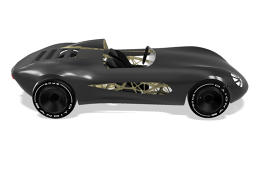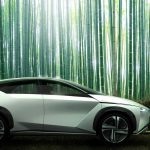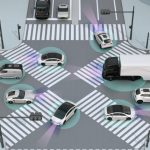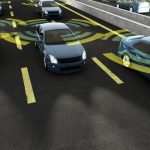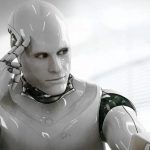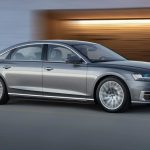within the Hack Rod, the world’s First AI-Designed automobile
The brainchild of the Primordial research challenge, this car is in accordance with billions of knowledge factors plugged into generative-design instrument.
December 1, 2015
whilst you hear a couple of plan to construct the first car ever designed and engineered by means of an artificially smart machine, it sounds compelling. particularly when the lads explaining their imaginative and prescient are named—I child you no longer—Mickey and Mouse.
the auto, referred to as the Hack Rod, might smartly be the primary automobile with a anxious machine. The brainchild of the Primordial research undertaking, a collaboration between design instrument massive Autodesk and the balls-to-the-wall media firm Bandito Brothers— producers of tasks as disparate as a Hollywood militia blockbuster starring nameless real-life Navy SEALs and a world-report leap starring a lifestyles-size scorching Wheels—the speculation used to be to let a computer create the very best automobile based on innumerable volumes of real-world knowledge.
The ringleaders of this particular challenge are Autodesk research fellow Mickey McManus and Bandito Brothers CEO and creative director Mouse McCoy. McManus has written a heady tome about the proliferation of trillions of small computing devices—sensors—everywhere in our world as of late. McCoy is a former professional bike racer and stuntman who has spent lots of hours with top Hollywood administrators.

Two years ago, McCoy told quick firm, he determined to figure out the future of making things. “I knocked on the door of Autodesk,” he recalled, and ended up meeting McManus, who quickly changed into inspired to look how his passion in digital fabrication and computer studying could be utilized to the trillion-dollar auto trade.
Already, that trade was below assault from upstarts like Tesla and Uber, and new hardware tactics like 3D printing and new materials had been gaining steam, defined McManus.
His concept was once to leverage laptop learning. in the end, the internet of things, “all these trillions of computers, are bored. They’ve received sensors….they’re starting to type their very own opinions. [And] what’s in self-driving vehicles as of late are for your shoes the next day to come. That’s Moore’s regulation,” defined McManus.
Combining what he called pervasive computing with computer learning used to be resulting in something altogether new: networked topic. it all was, in brief, a primordial soup of applied sciences, therefore the workforce’s moniker. maybe now the time was ripe for two data-obsessed gearheads from Bandito Brothers and an excessive thinker from Autodesk to do some disrupting.
As McCoy put it, “The digital aspect was coming along side the brand new hardware movement. Holy shit, three children in a storage could begin a car company.”
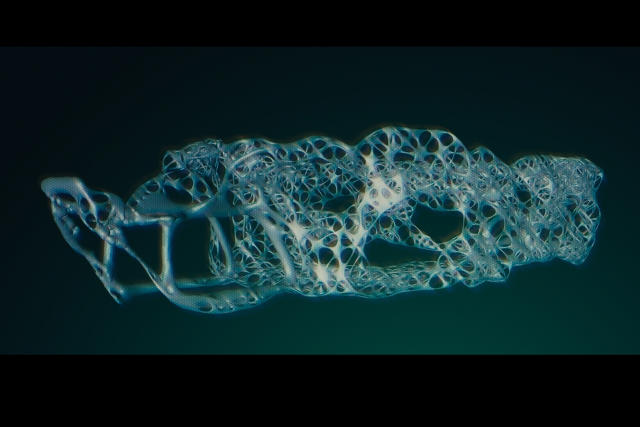
fact seize
If there may be one thing McCoy knows, it is cars. He has spent numerous hours over the years racing cars or riding in stunt autos. All these hours burning rubber will have produced implausible quantities of information about riding, but it was lost to historical past. nonetheless, it wasn’t too late to start collecting all the new data.
Autodesk had new tools built around the thought of reality capture—harnessing knowledge points through pictures, laser scanning, and different methods, that might then be plugged into computer techniques and used to construct 3D fashions of near to any kind of object, from historic African artifacts to military constructions to physical instruments.
McCoy saw that fact capture had monumental attainable for helping craft an AI-constructed car.
to start out, the staff developed a prototype automobile chassis, complete with hundreds of sensors, and took it out to California’s desolate Mojave wilderness. the auto, equivalent to a bare-bones Shelby Cobra, has a hacked Ducati engine, and the purpose is to get the identical energy-to-weight ratio as a Ferrari, regardless of it weighing simply 1,000 pounds.

within the desolate tract, the driver became himself into a knowledge-assortment laptop by way of being wired up with an EEG and other sensors, and he put the prototype through its paces, bringing in a volume of data about the forces the chassis was once subjected to that could in most cases most effective be gathered with the aid of a well-funded skilled racing staff.
The plan has been to take all the information from this automobile frightened gadget and plug it into Autodesk’s Dreamcatcher, a generative design software gadget that takes input of design goals—including types of materials, useful objectives, strategies of producing, efficiency standards, and even cost limits—and spits out numerous design alternatives to meet all those necessities.
For Mickey and Mouse, the outcome used to be a new automobile chassis design in response to all the amassed data. intended to maximise riding efficiency and efficiency, it will probably never were designed by using humans.
It’s too early to tell whether the undertaking is a success. The team had deliberate on unveiling it in closing form in time for this week’s Autodesk university—the company’s annual training and developers convention in Las Vegas—however they didn’t hit that target. still, Autodesk CEO Carl Bass will spotlight the Hack Rod’s growth during his AU keynote, and the team will soon return to the Mojave to continue its work.
perhaps the challenge won’t ever be completed, and that may well be intentional. the theory, urged McManus, is that their creations will have to continuously evolve, thanks to knowledge.

“If a Tesla crashes,” he says, “the following morning, every Tesla rides two inches higher.”
The Hack Rod’s workforce wants to experience that very same wave. each time the automobile’s rubber hits the road, it brings in additional information—literally billions of information points in simply hours of driving, and all of that is then plugged into Dreamcatcher. every session approach the auto theoretically will get higher and better, smarter and smarter.
ideas are low-cost, though, and McCoy resists the technologist’s predilection for getting caught within the analysis phase on the cost of in truth turning out product.
“We’re adamant about not being vaporware,” McCoy insists. “once we actually build one thing, we return to atoms, and it’s real.”
fast company , read Full Story
(109)

